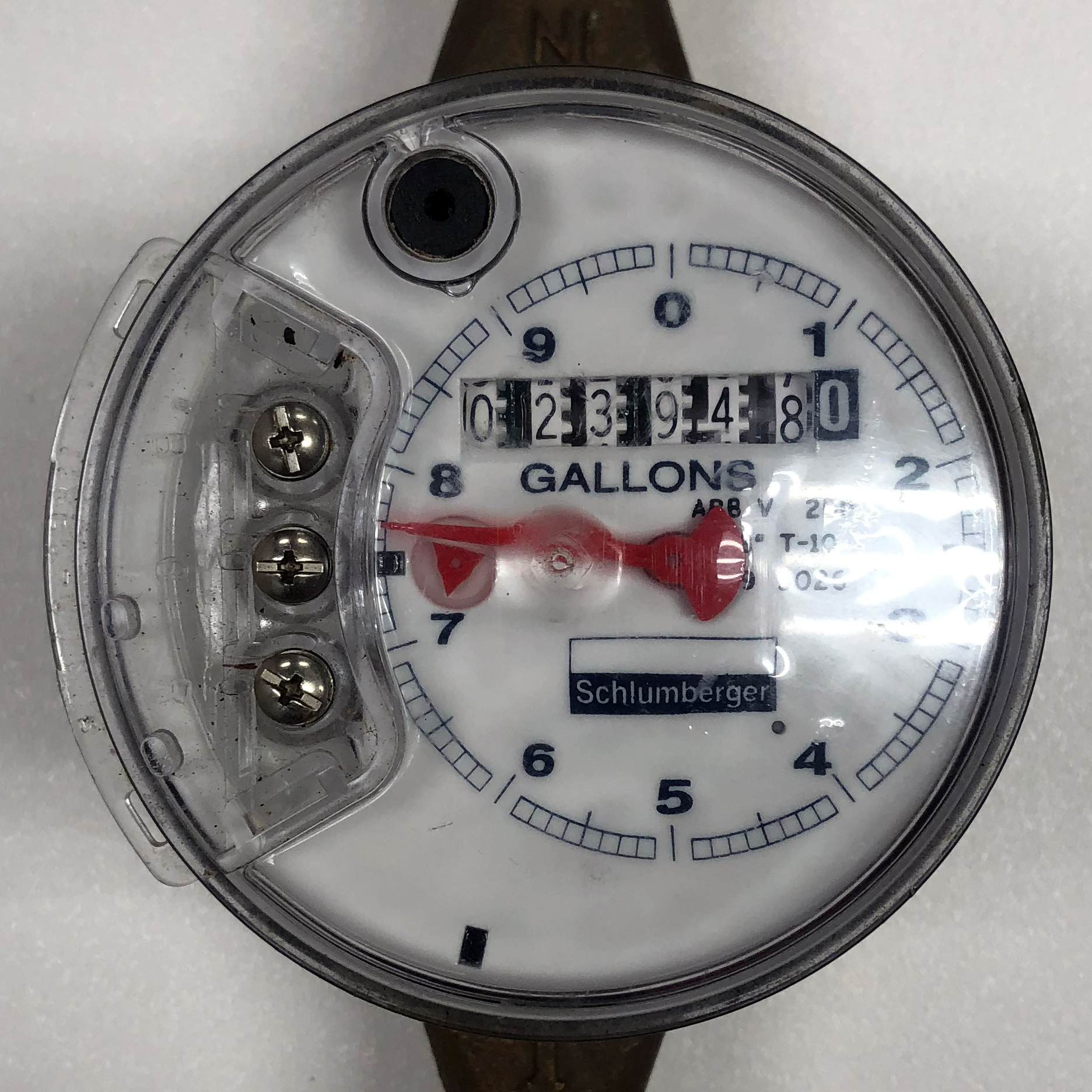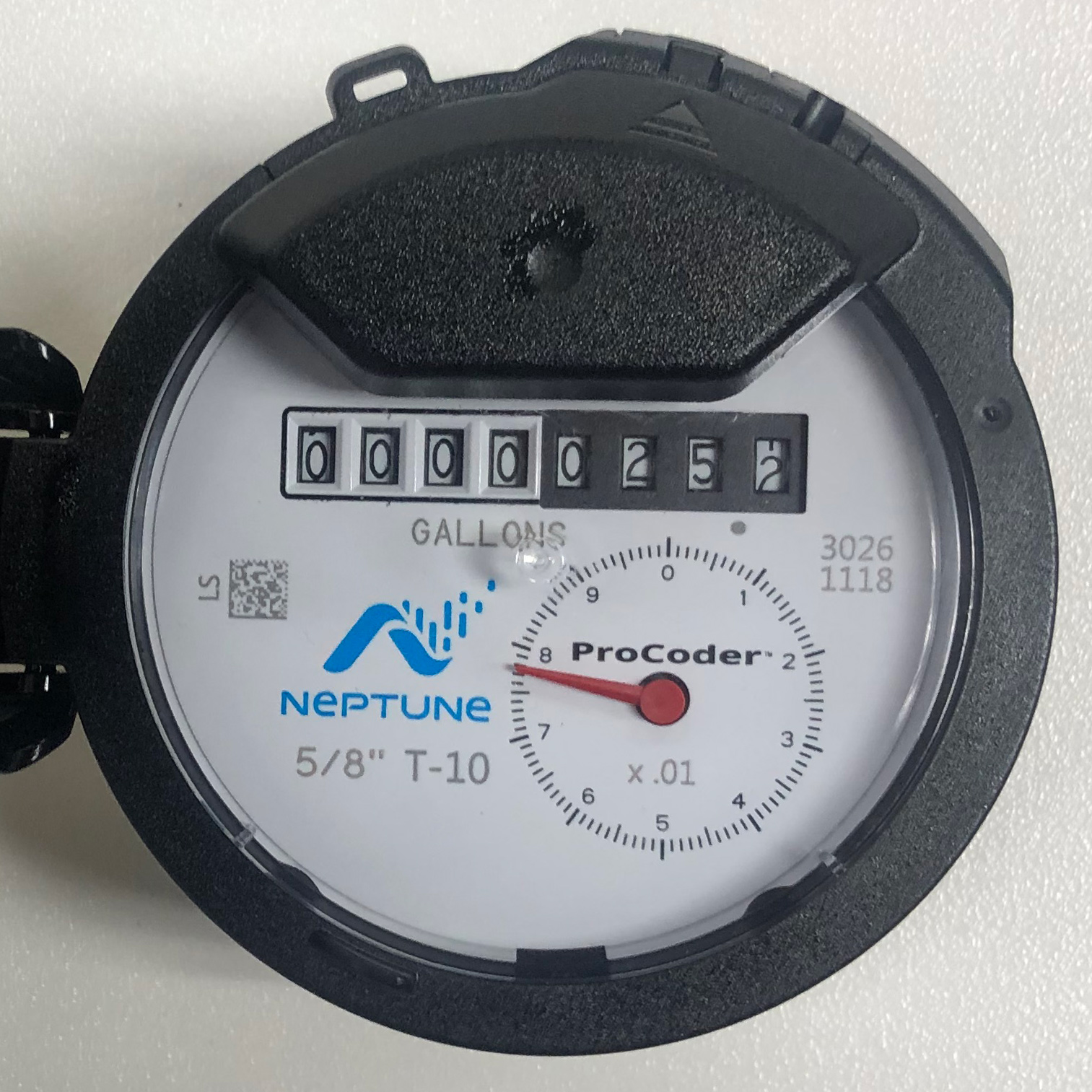Reading Your Water Meter
While we use equipment to remotely read residential water meters for billing, residents can read their own at home to monitor their usage, find potential leaks and other water waste issues, and lower their monthly bills. The city uses your water meter to also bill for waste water. If you ever have a question about your bill, City Hall will be happy to help if you give them a call at (319) 626-5700.
Locating your meter
Most water meters are located inside your home to prevent them from freezing. It’s usually in the basement where the water service enters the building, though it is occasionally located in a crawl space. If you have trouble finding your meter, look for where your water service enters your home and follow the service line.
Reading your water meter
Reading your water meter is like reading a car odometer. While we use three different styles (details below), but they all work in much the same way: you read the numbers left to right which show the total number of gallons that have passed through the meter during its lifetime; it does not reset. By seeing the change over time, you can track your usage. (Note that we bill in 1,000-gallon increments based on actual usage.) If your use is higher than you expected, you might have a leak.
Finding Leaks
Some leaks, such as a dripping faucet or dripping shower head, are easy to find. Others may go unnoticed. We’ve helped residents pinpoint undetected toilet leaks, malfunctioning water softeners, wonky whole-house filtration system and broken irrigation system leaks, which can use hundreds of gallons of water and cost customers hundreds of dollars.
Your meter has an indicator for very low flows. If you shut off all of your water use and still see water use of your meter (the inidicator varies based on your meter model; see below), you have a leak or malfunction in your home.
Your can pinpoint problems by comparing readings, for example, before you go to work and when you get home or before you go to bed and when you wake up. While ice makers, water softeners and sprinklers will use water during these down times, this method might reveal unexpected waste.
Toilet leaks are notoriously sneaky. They can be intermittent and very quiet. You can add dye to you toilet tank and see if it appears in the bowl after about 15 minutes.
Still Concerned?
If you’re still concerned about high use, City Hall’s front desk can help answer questions about your bill, or you can schedule an appoint with our Water Department — free of charge — to help you pinpoint leaks and other water waste issues.



